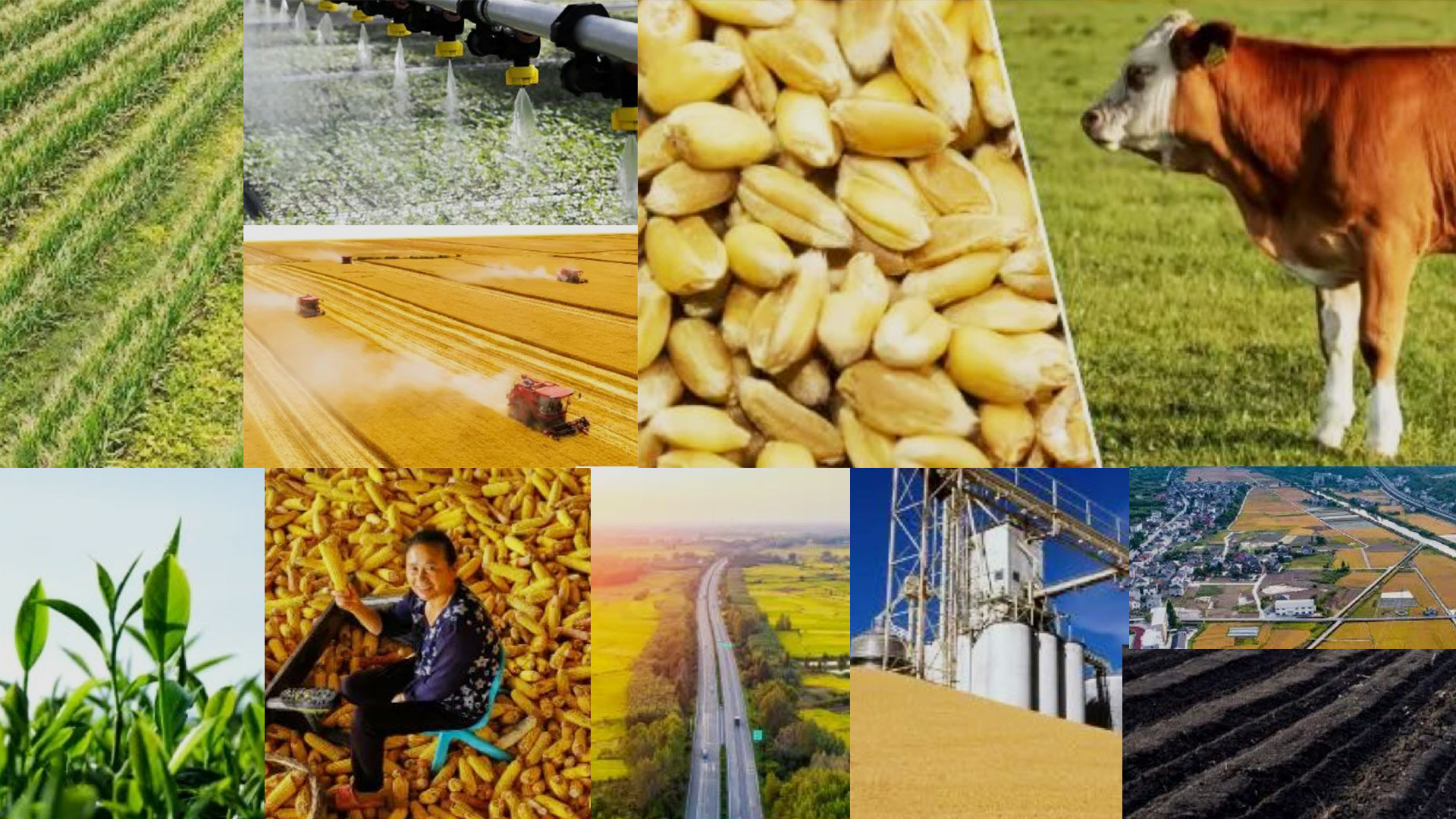
Designed by CGTN's Liu Shaozhen
Designed by CGTN's Liu Shaozhen
China Media Group (CMG) presented the top 10 rural revitalization news stories from China in 2022 on Monday.
China held a key rural work conference on December 23 and 24 in Beijing, calling for continuous efforts to enhance the agricultural sector with Chinese characteristics.
With a big population of 1.4 billion, or around one-fifth of the global population, China bears only nine percent of the world's arable land. The majority of the food supply comes from China's own farmlands.
Given the limited resources, plus the country's drive for a sustainable relationship between man and nature, the conference urged "a Chinese way" based on the country's current state rather than directly taking experiences from other agriculturally stronger countries.

With a big population of 1.4 billion, or around one-fifth of the global population, China bears only 9 percent of the world's arable land. /CMG
With a big population of 1.4 billion, or around one-fifth of the global population, China bears only 9 percent of the world's arable land. /CMG
The importance of advancing the rejuvenation of the Chinese nation on all fronts through a Chinese path to modernization was stressed in the report to the 20th National Congress of the Communist Party of China (CPC), with the direction and goals of China's agricultural modernization laid out.
Uniting and inspiring people of all ethnic groups in China to build a modern socialist country in all respects and embrace the great rejuvenation of the Chinese nation on all fronts is another significant aspect of China's development.
China's eradication of absolute poverty was hailed as one of the Party's "historic feats," and the next step is to expand the achievements in poverty alleviation and advance its new mission in rural vitalization.
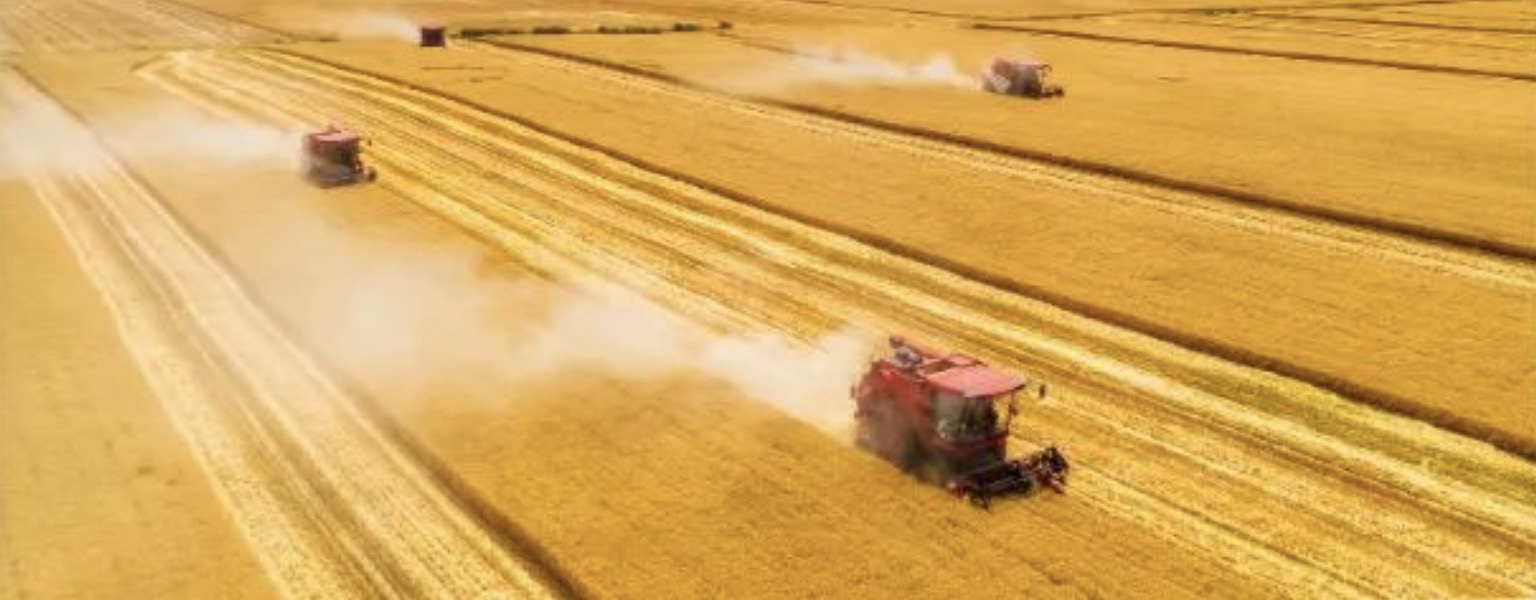
The direction and goals of China's agricultural modernization have been laid out in the report to the 20th CPC National Congress. /CMG
The direction and goals of China's agricultural modernization have been laid out in the report to the 20th CPC National Congress. /CMG
China's grain output totaled 686.5 billion kilograms this year, up 0.5 percent or 3.68 billion kilograms over 2021, data from the National Bureau of Statistics showed on December 12.
This is the eighth consecutive year China has registered a grain harvest of over 650 billion kilograms.

China's grain output totaled 686.5 billion kilograms in 2022. /CMG
China's grain output totaled 686.5 billion kilograms in 2022. /CMG
The Chinese government issued a plan to advance agricultural and rural modernization during the 14th Five-Year Plan period (2021-2025), according to a circular issued by the State Council on February 11.
The plan outlines that by 2025, the supply of grain and other staple agricultural products will be guaranteed, enhancing the quality, efficiency and competitiveness of the agricultural industry and boosting progress in rural infrastructure development. With a better rural ecology environment and higher income of rural residents, anti-poverty achievements will be consolidated and expanded by 2025.
China is expected to make decisive progress in its comprehensive rural revitalization and generally achieve agricultural and rural modernization by 2035, according to the plan.

The Chinese government issues a plan to advance agricultural and rural modernization during the 14th Five-Year Plan period, according to a circular issued by the State Council, February 11, 2022. /CMG
The Chinese government issues a plan to advance agricultural and rural modernization during the 14th Five-Year Plan period, according to a circular issued by the State Council, February 11, 2022. /CMG
The country also released its "No. 1 central document" for 2022 on February 22, calling for a continuous "comprehensive promotion of rural vitalization."
As the first policy statement released by its central authorities each year, the document is seen as an indicator of policy priorities. It has prioritized work in agriculture, rural areas and farmers for 19 consecutive years since 2004.
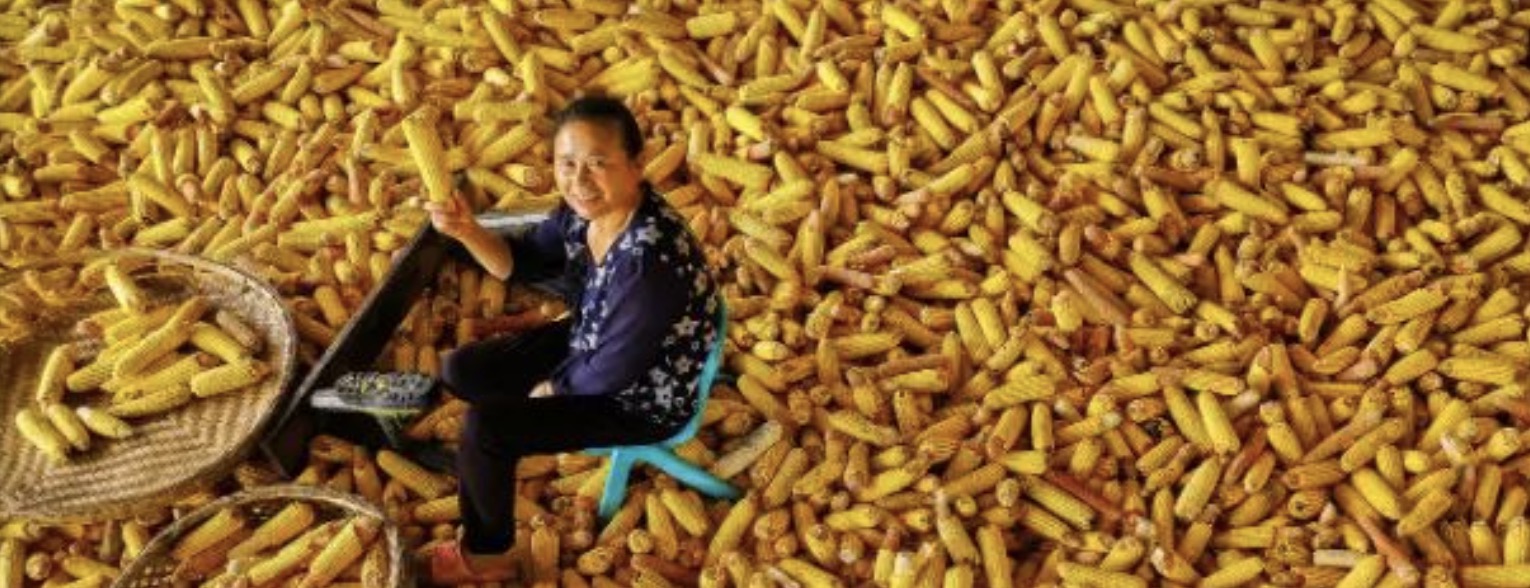
China releases its "No. 1 central document" for 2022, February 22, 2022. /CMG
China releases its "No. 1 central document" for 2022, February 22, 2022. /CMG
2022 is the final year of China's five-year rural vitalization strategy (2018-2022). The first of its kind, the plan mapped out several major projects, programs and actions.
Remarkable results have been achieved during the period, with 22 major indicators basically meeting expectations and steady progress made in 59 key tasks, 82 major projects, plans, and actions.
In this sense, China's rural vitalization strategy is successful.
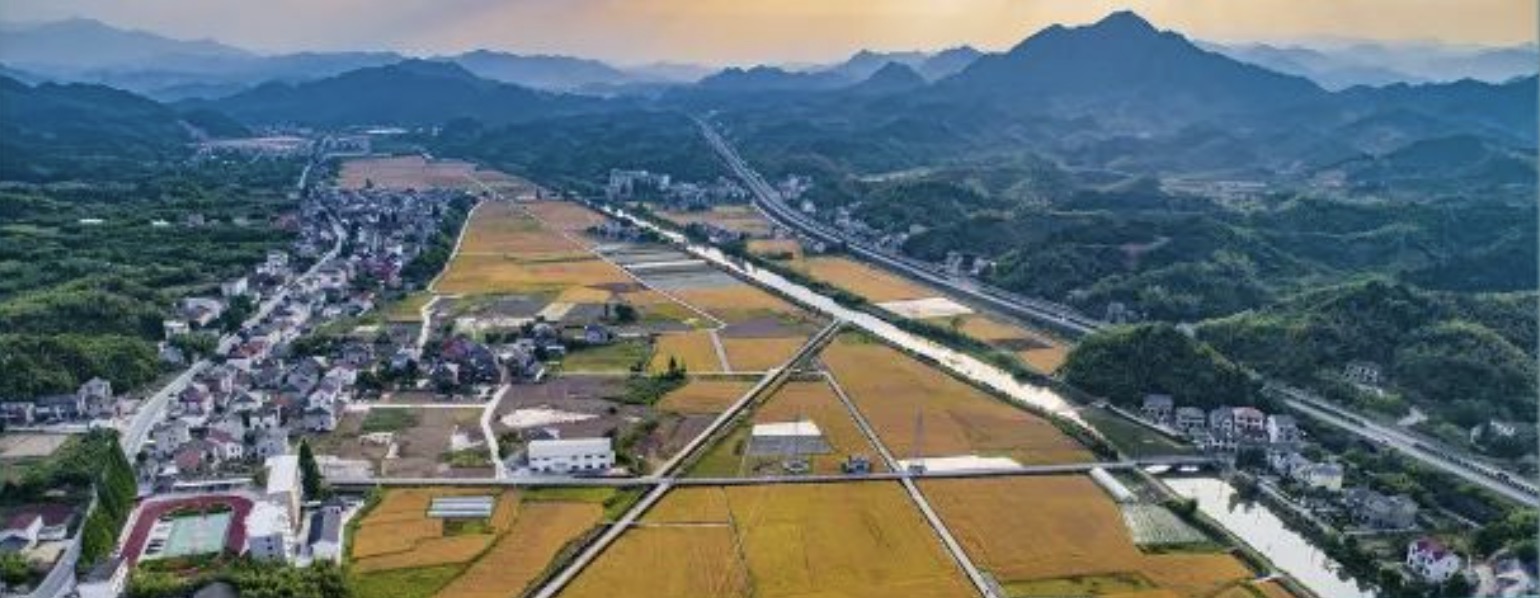
2022 is the final year of China's five-year rural vitalization strategy. /CMG
2022 is the final year of China's five-year rural vitalization strategy. /CMG
The country is also promoting the "companion planting" of corn and soybean to ensure the steady output of both crops. It's part of the country's efforts to guarantee food security and reduce dependency on grain imports.
China is working to increase corn and soybean production as part of efforts to reach its grain output goals and ensure food security.
The supply and demand of rice and wheat in China is balanced and steady, while the biggest gap remains in soybeans and corn. In 2021, more than 80 percent of China's domestic soybean consumption relied on imports.
Corn and soybean have the same growing season. That's why they compete for planting area, so increasing yields of both crops at the same time is important.
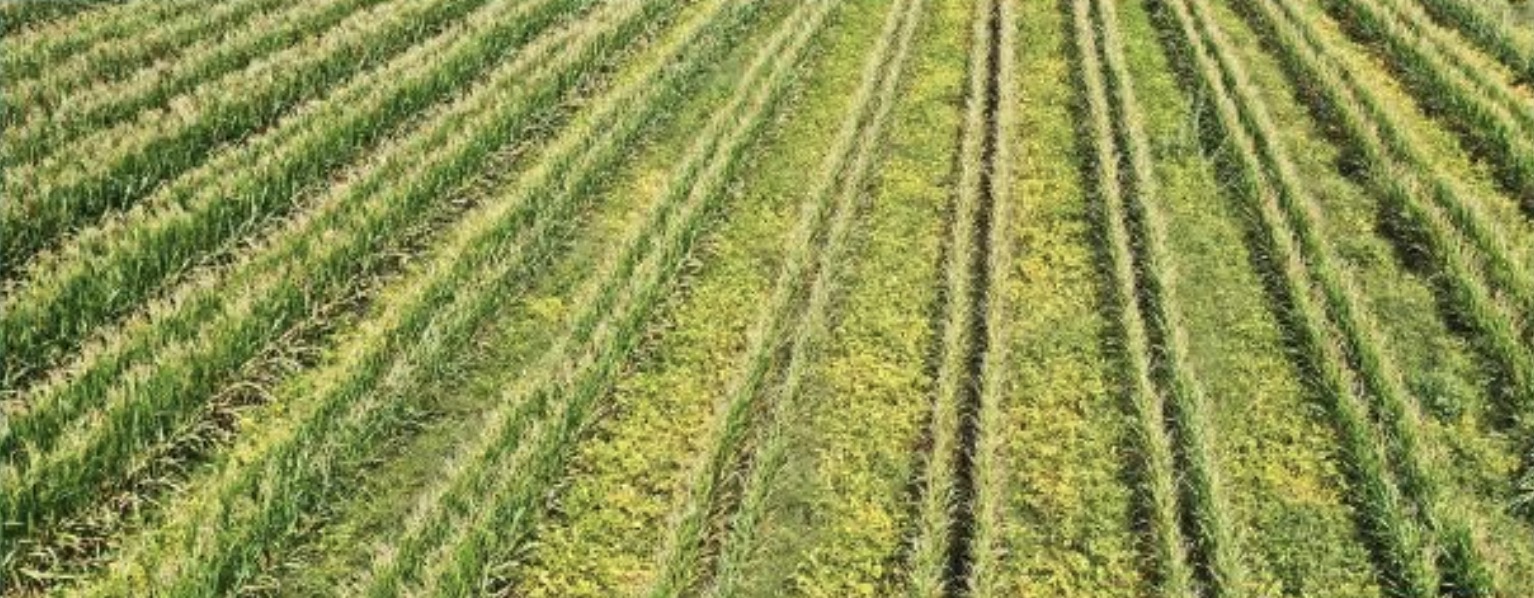
China is promoting the "companion planting" of corn and soybean to ensure the steady output of both crops. /CMG
China is promoting the "companion planting" of corn and soybean to ensure the steady output of both crops. /CMG
The State Council, China's cabinet, decided to conduct the third national soil condition census from 2022 to 2025, according to a circular released on February 16, 2022.
The census aims to find out the soil types and distribution around the country and the current status and changing trends of soil resources and acquire basic data such as the soil quality, properties and utilization status to improve protection and utilization of soil resources.
The census targets the soil of arable land, garden plots, forest land, grassland and other agricultural lands around the country, including some unused land, the circular said.
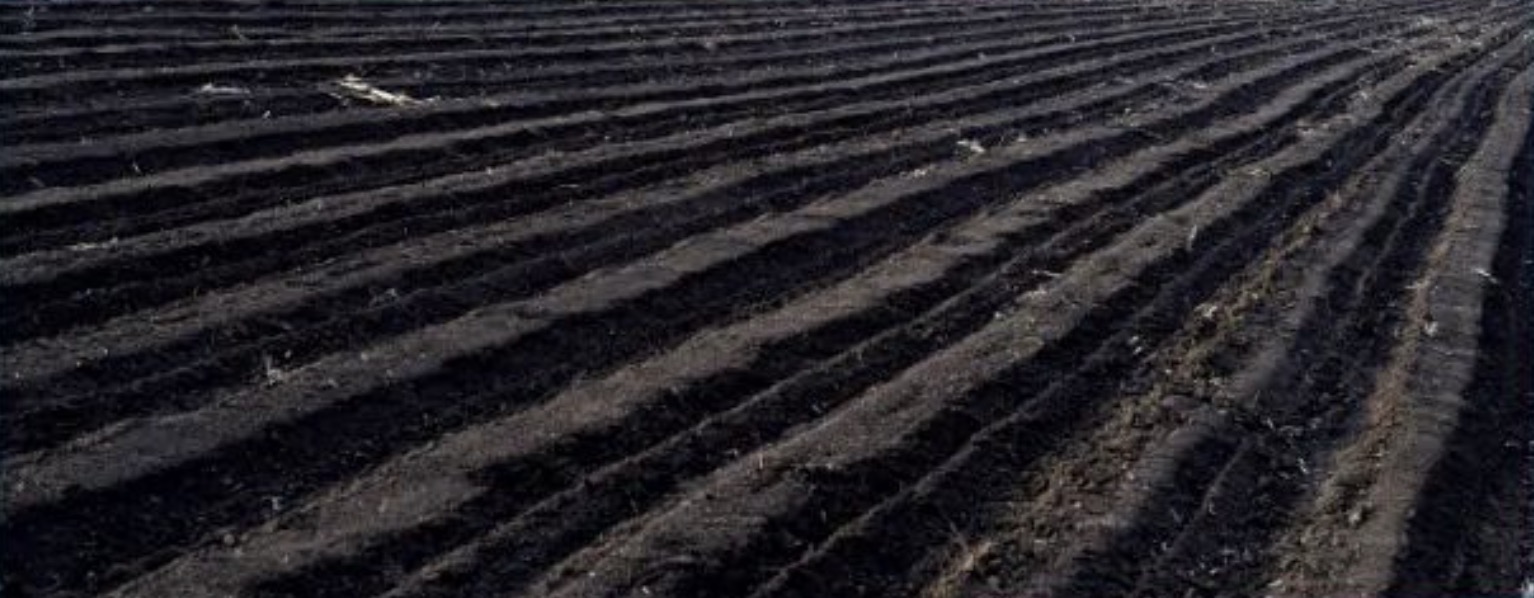
The State Council decides to conduct the third national soil condition census from 2022 to 2025, according to a circular released on February 16, 2022. /CMG
The State Council decides to conduct the third national soil condition census from 2022 to 2025, according to a circular released on February 16, 2022. /CMG
A traditional farming giant, China has the most recognized globally important agricultural heritage sites in the world.
In 2022, the UN Food and Agriculture Organization recognized four sites in China as globally important agricultural heritage systems.
The sites are an ancient tea-producing area in Anxi County in Fujian Province, a nomadic livestock-rearing area in the Inner Mongolia Autonomous Region, a rain-fed stone terrace farming system in Shexian County, Hebei Province, and a Qingyuan Forest-Mushroom Co-culture System in Zhejiang Province.
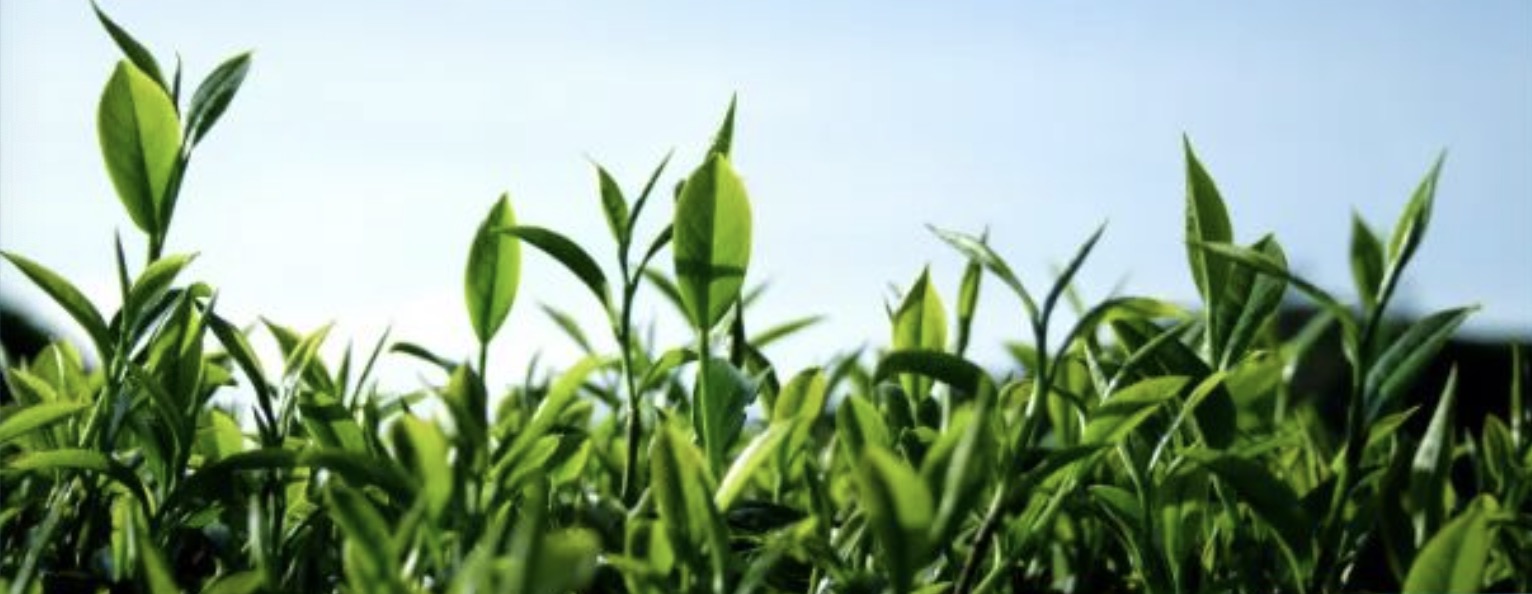
A traditional farming giant, China has the most recognized globally important agricultural heritage sites in the world. /CMG
A traditional farming giant, China has the most recognized globally important agricultural heritage sites in the world. /CMG
Thanks to 43 years of unremitting efforts, Chinese scientists have bred a new cattle variety, named the "Huaxi Cattle," which should help break the country's reliance on importing beef cattle for breeding purposes, the Chinese Academy of Agricultural Sciences said on August 9.
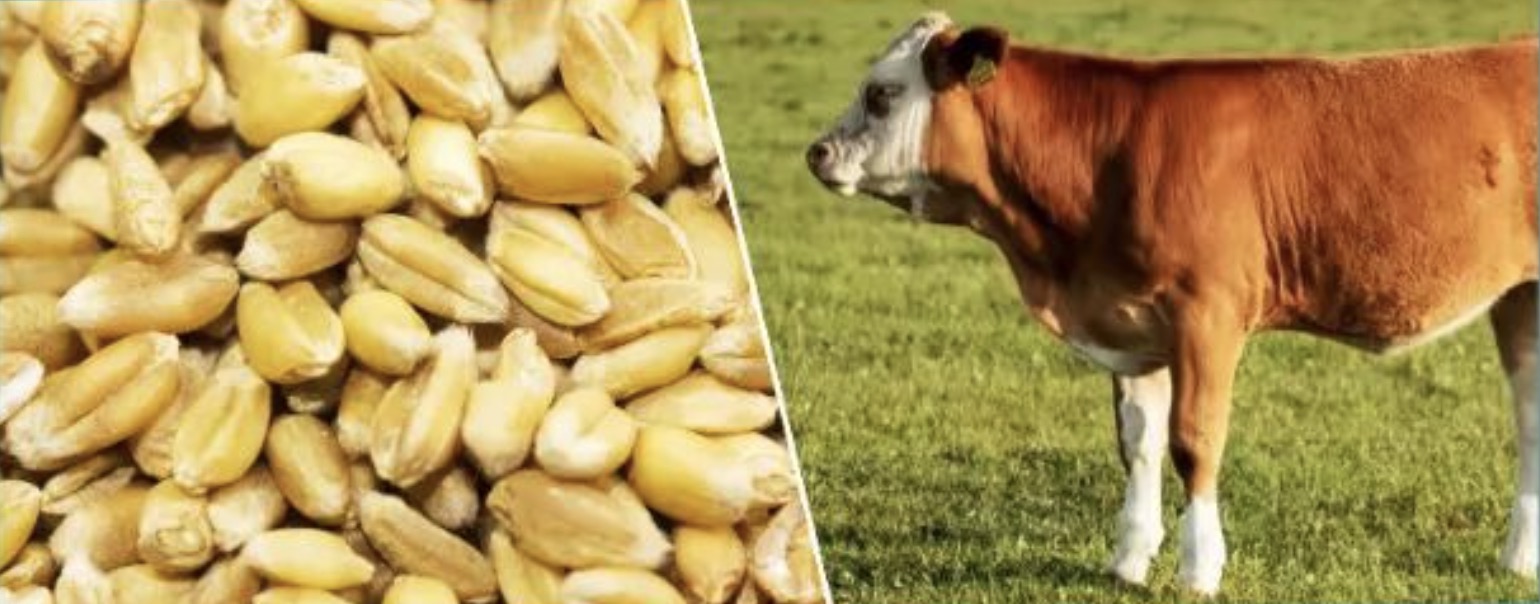
L: Harvested salt-tolerant wheat. R: One of China's independently bred "Huaxi Cattle." /CMG
L: Harvested salt-tolerant wheat. R: One of China's independently bred "Huaxi Cattle." /CMG
Farmers in China have also harvested salt-tolerant wheat in fields that used to be barren.
Varieties of salt-tolerant wheat have been specifically designed to grow in saline and alkali soil, as soluble salts such as sodium and calcium affect crop output.
Scientists from the Chinese Academy of Sciences have designed new cultivars that are drought-resistant and can grow in saline and alkali soils.